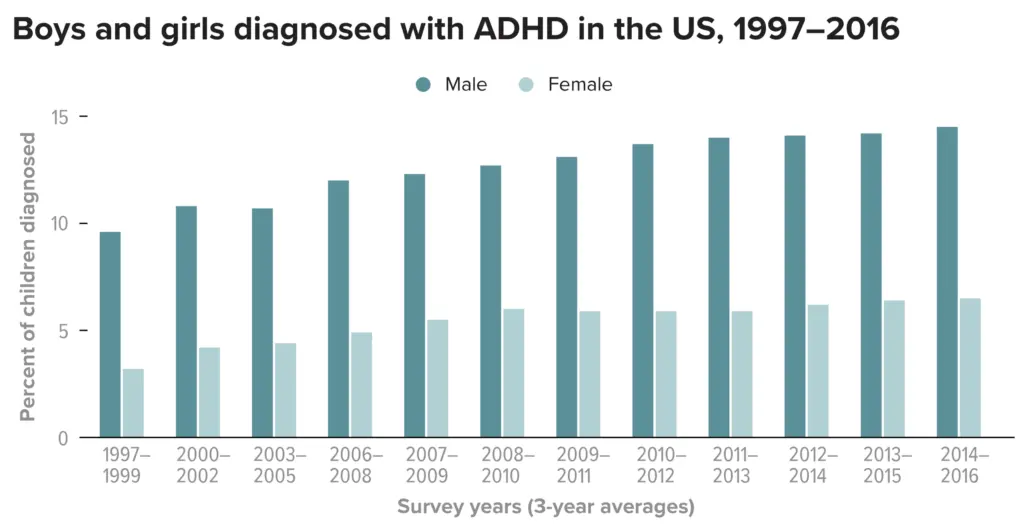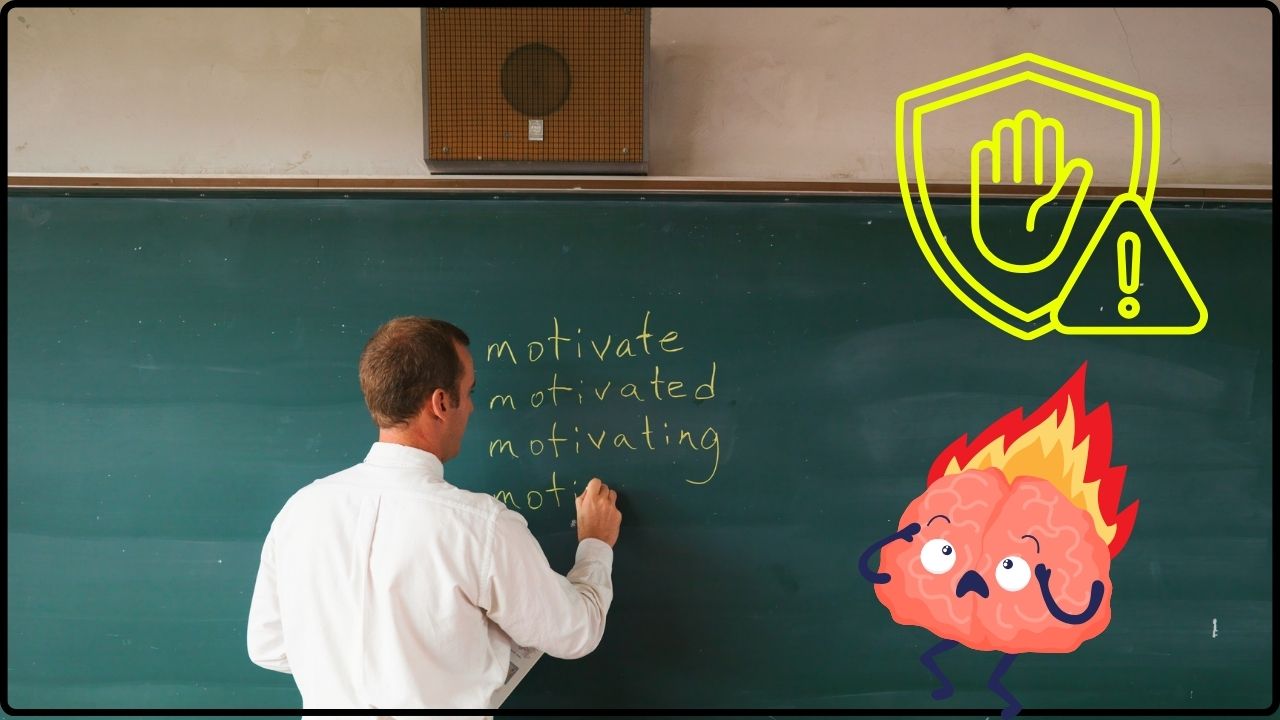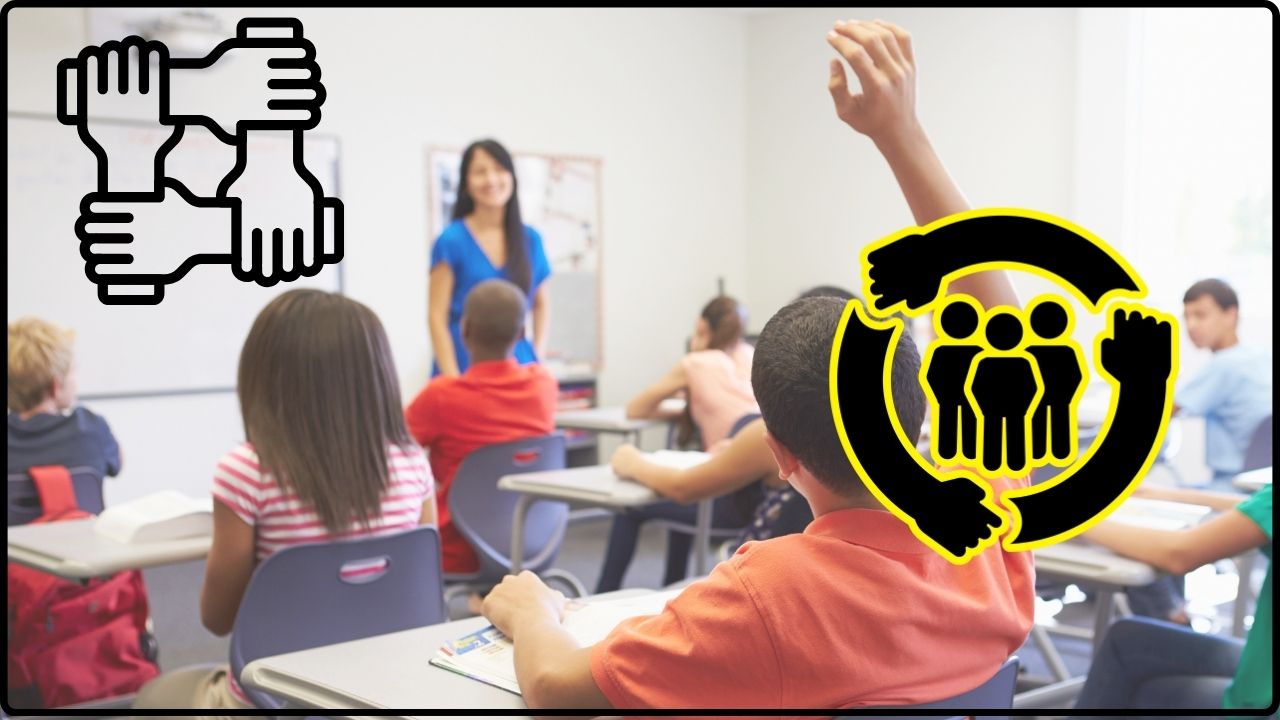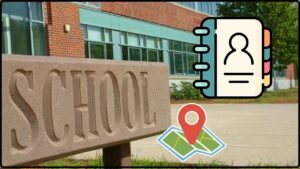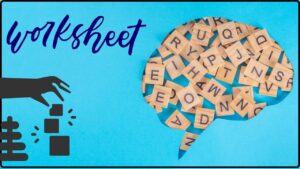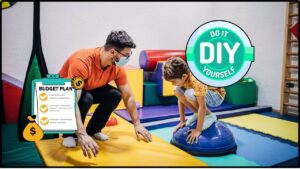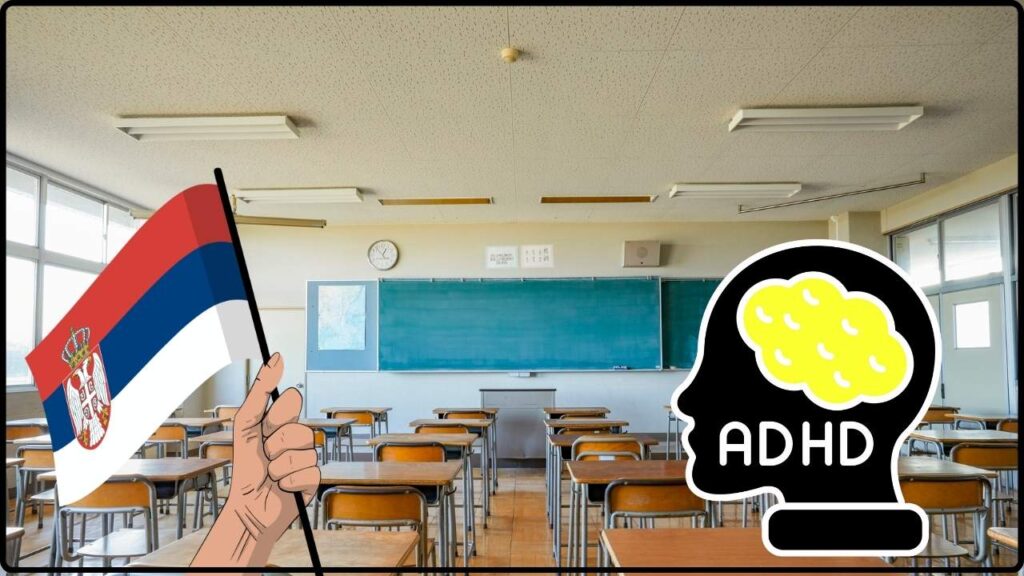
Managing ADHD in the Classroom: If you’re a teacher, parent, or school administrator in Српске школе looking to support children with Attention Deficit Hyperactivity Disorder (ADHD), you’ve come to the right spot. ADHD is a frequently diagnosed neurodevelopmental condition impacting millions of children worldwide. In the United States alone, about 11.4% of children between the ages of 3 and 17 have been diagnosed with ADHD, according to the latest CDC data CDC ADHD Data. These children are bright, creative, and bursting with potential but often require specialized classroom strategies tailored to their unique ways of learning to truly thrive.
Table of Contents
Managing ADHD in the Classroom
Supporting students with ADHD in the classroom requires care, understanding, and informed strategies. Using clear instructions, scheduled movement breaks, positive reinforcement, distraction management, and individualized education plans, teachers can unlock the full potential of children with ADHD. Teachers, parents, and healthcare professionals must work together, creating an inclusive environment that nurtures success. Serbian schools (Српске школе) can certainly adapt these evidence-based methods to better serve their students and create classrooms where all children can excel.
| Topic | Details |
|---|---|
| ADHD Prevalence in U.S. | 11.4% children diagnosed, approx. 7 million kids |
| Diagnosis Rates by Gender | Boys diagnosed at 15%, girls at 8% |
| Teacher Preparedness | Only 24% feel ready for ADHD classroom challenges |
| Common ADHD Symptoms | Inattention, hyperactivity, impulsivity |
| Proven Classroom Strategies | Clear instructions, breaks, positive reinforcement |
What Exactly is ADHD? Breaking It Down Simply
Imagine your brain as an engine. For kids with ADHD, that engine is revving like a race car but the brakes don’t quite work like they should. This neurological condition makes it challenging for kids to focus on tasks, control impulses, or sit still calmly. Symptoms typically fall into three categories:
- Inattention: Difficulty sustaining focus, seeming distracted, or forgetful about assignments and tasks.
- Hyperactivity: Excessive movement like fidgeting, inability to remain seated, or restless behavior.
- Impulsivity: Acting without thinking, blurting answers out in class, or difficulty waiting their turn.
ADHD has strong genetic and biological roots tied to differences in brain structure and chemistry, particularly involving dopamine pathways. It’s neither a behavioral problem nor a result of laziness or poor parenting.
Why Managing ADHD in the Classroom is Critical?
Without effective support, children with ADHD often face academic challenges, feel misunderstood, and may experience lower self-esteem and social difficulties. Schools must create an inclusive environment that embraces these students’ strengths while accommodating their challenges. While awareness and resources for ADHD have expanded in many countries, including Serbia, gaps remain, especially in specialized teacher training and classroom supports.
Research shows that only about 24% of teachers in the U.S. feel fully prepared to address ADHD-related challenges in their classrooms NCES Report. This highlights the urgent need for improved professional development worldwide, including in Српске школе.
Five Proven Managing ADHD in the Classroom Strategies That Actually Work
Here are five practical, research-backed strategies to help teachers support students with ADHD effectively:
1. Clear and Concise Instructions
Children with ADHD often have trouble processing lengthy or complex directions, which can lead to frustration and incomplete tasks. Teachers should break work down into small, clear steps and deliver them one at a time. Visual aids like graphic organizers, charts, or checklists can act as helpful reminders. For example, instead of saying, “Complete your writing assignment,” say: “Write the introduction paragraph first, then take a two-minute break before moving on.” This approach reduces overwhelm and keeps students on a manageable path.
2. Scheduled Movement and Brain Breaks
Sitting still for hours on end is especially difficult for many kids with ADHD. Incorporating regular brain breaks of 5 to 10 minutes every 20 or 30 minutes can allow students to get their energy out and reset their focus. Popular activities include stretching, walking around, or simple exercises like jumping jacks. Using a timer to create predictable, structured breaks helps signal when it’s time to focus again. These breaks lower hyperactivity and increase overall productivity and classroom calm.
3. Frequent Positive Reinforcement and Feedback
Kids with ADHD respond best to frequent, immediate positive feedback. Catching them doing something right and praising them in the moment boosts motivation and helps reinforce desired behaviors. Rewards don’t need to be extravagant — a verbal “Great job!” or a sticker can make a big difference. Consistency is key. Positive reinforcement helps build confidence and fosters a supportive classroom atmosphere where students feel valued.
4. Minimize Sensory and Environmental Distractions
The typical classroom can feel overwhelming with its noise, activity, and visual clutter. Minimizing distractions is crucial for supporting students with ADHD. Teachers can achieve this by seating these students away from windows, doors, or high-traffic areas. Using study carrels or dividers can help create a focused workspace. Noise-canceling headphones or earplugs sometimes help students drown out distracting background sounds. Organized and calm spaces make it easier for ADHD students to focus and absorb lessons.
5. Individualized Education Plans (IEPs)
An Individualized Education Plan (IEP) is a custom-tailored learning strategy developed in collaboration with teachers, parents, and healthcare professionals to address a student’s unique needs and strengths. Many students with ADHD benefit from accommodations such as additional time on tests, quiet testing environments, permission to use fidget tools, or access to technology. IEPs actively guide classroom goals and strategies to help ensure the student’s success while building their skills and confidence.

Why Teacher Training is Essential?
Teachers are the front-line champions for ADHD students but often feel underprepared. In the U.S., research shows that only about 24% of educators feel fully confident dealing with ADHD challenges [NCES]. Enhancing ongoing professional development and training about ADHD’s symptoms and effective classroom strategies is crucial. Well-informed teachers can create more inclusive classrooms, reduce behavioral issues, and increase academic success for students with ADHD. Training on behavioral management, instructional techniques, and assistive technology is beneficial. Serbian schools (Српске школе) stand to gain immensely by investing in similar teacher capacity-building programs and ADHD-focused resources.
Leveraging Technology for ADHD Support
Today’s digital tools can be game-changers for students with ADHD. Apps that function as digital planners, timers, and task organizers help children manage time, stay on track, and break down assignments. Tools like noise-canceling headphones, interactive whiteboards, and educational software can also enhance engagement. Including technology-based accommodations in IEPs adds another layer of support for these students.
Clearing Up Common ADHD Myths
- Myth: Kids with ADHD just need more discipline.
Fact: ADHD is a neurological disorder, not a behavioral flaw. Punishments alone don’t help. - Myth: ADHD is overdiagnosed because parents are lazy.
Fact: Many children with ADHD go undetected and unserved. - Myth: Medication is the only or best treatment.
Fact: Medication helps many but behavioral interventions and education accommodations are equally important.
Sharing a Success Story: Jake’s Classroom Journey
Jake is a lively nine-year-old who faced struggles with attention and impulsivity in school. His teacher adopted several ADHD strategies including clear instructions broken into steps, regular movement breaks, and positive feedback. By working closely with Jake’s parents and following an IEP, Jake’s academic performance improved dramatically within months. His confidence soared and he began participating more actively in class, showing how the right support transforms lives.
Parenting Tips to Complement Classroom Support
Parents play a vital role in helping their children manage ADHD. At home, a structured routine with consistent meal and bedtime schedules can make a big difference. Quiet, organized spaces for homework free from distractions boost concentration. Stay in regular contact with teachers to monitor progress and challenges. Encourage physical activity and healthy sleep habits, as these can reduce symptoms and improve mood.
